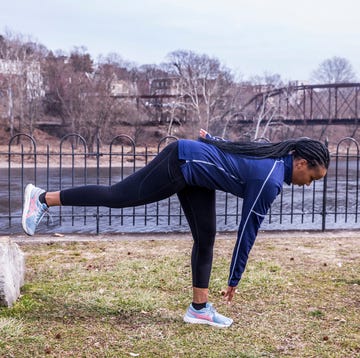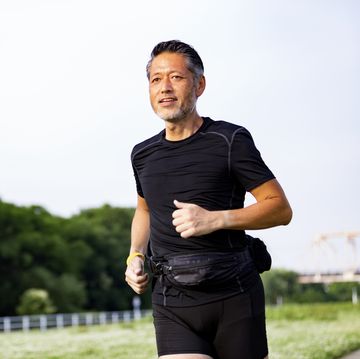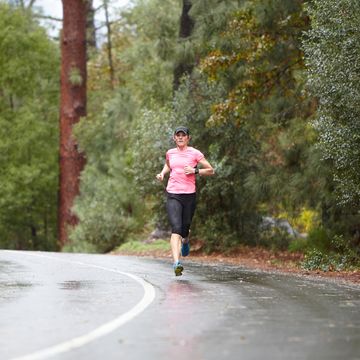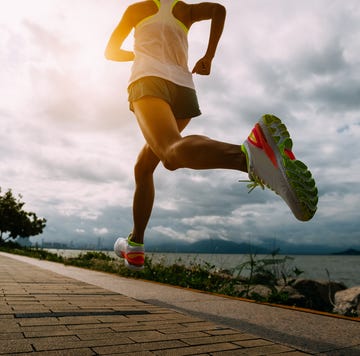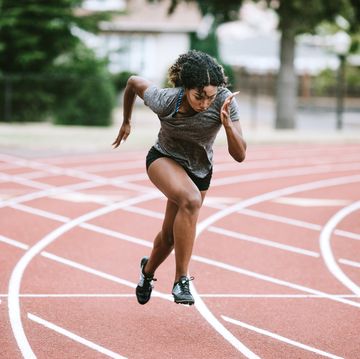Groin pain in athletes stems from multiple sources, ranging from strains and stress fractures to arthritis. One of the most troubling problems is the sports hernia. In any discussion on hernias, a brief overview of the anatomy is important. The inguinal canal is a passage that runs across the top of the leg where it attaches to the trunk; it is about two inches in length and carries the spermatic cord in males and the round ligament in females. The walls of this passage are formed by various abdominal muscles, tendons and fascia. A sports hernia is due to disruption of one or more of these structures. As with traditional hernias, this problem is much more common in males; less than 5 percent of cases have been reported in women.
A sports hernia may be insidious in onset or may be due to a sudden force, such as a hard twisting motion. While soccer and hockey players are more likely to experience sudden injuries, runners typically describe a gradual onset of pain without any specific trauma. This problem is felt to be due to repetitive shearing forces of the hip adductor (inside) muscles at their attachment to the pubic bone. This same phenomenon is responsible for the high incidence of the co-existence of osteitis pubis and hip adductor tendonitis.
Typically pain is experienced on one side of the groin, although 12 percent of the time it is bilateral. Initially pain occurs towards the end of exercise, especially when cutting or striding out. As the problem persists, pain is present throughout exercise and even with daily activities. Pain may radiate into the abdomen, inner thigh or scrotum; sit-ups, coughing and sneezing may induce pain. Prolonged avoidance of painful activities alleviates symptoms, but pain recurs with return to sports.
Medical evaluation of a sports hernia does not reveal the bulge that is found with traditional inguinal hernias. Pain is present on palpation of several structures in the inguinal canal and the canal is distended. X-rays, bone scan and MRI are negative in the evaluation of sports hernias, but are helpful in ruling out other problems. Herniography involves the injection of dye into the abdominal cavity to assess the integrity of the canal. This study is negative in a number of cases of sports hernias and is not commonly performed in the United States. Ultrasound is being evaluated as a test to reliably evaluate for a sports hernia.
In most cases the athlete is referred to physical therapy to maximize pelvic and hip strength, stability and flexibility. This will help to address other sources of groin pain, but often does not eliminate symptoms of a sports hernia. Referral to a surgeon is the next step in treating this problem. At this time there may be difficulty in finding a surgeon who is convinced that sports hernias exist. Surgery is usually performed through an incision, but a number of studies are revealing good results with an endoscopic repair of the problem. Post-operative recovery is six to 12 weeks long and includes pelvic and hip strengthening and flexibility, in addition to gradually increasing workout intensity. Several studies have found the ability to return to the athlete’s previous level of activity post-operatively to be 63 to 93 percent. It is likely that a large number of athletes not cured by surgery had co-existing problems that had not been addressed.
As always, prevention is the best treatment. The risk of developing a sports hernia may be reduced by maintaining pelvic and hip strength, flexibility and stability.
The sports hernia is a complex, debilitating problem that is difficult to diagnose, but must be considered in all cases of recalcitrant groin pain.



